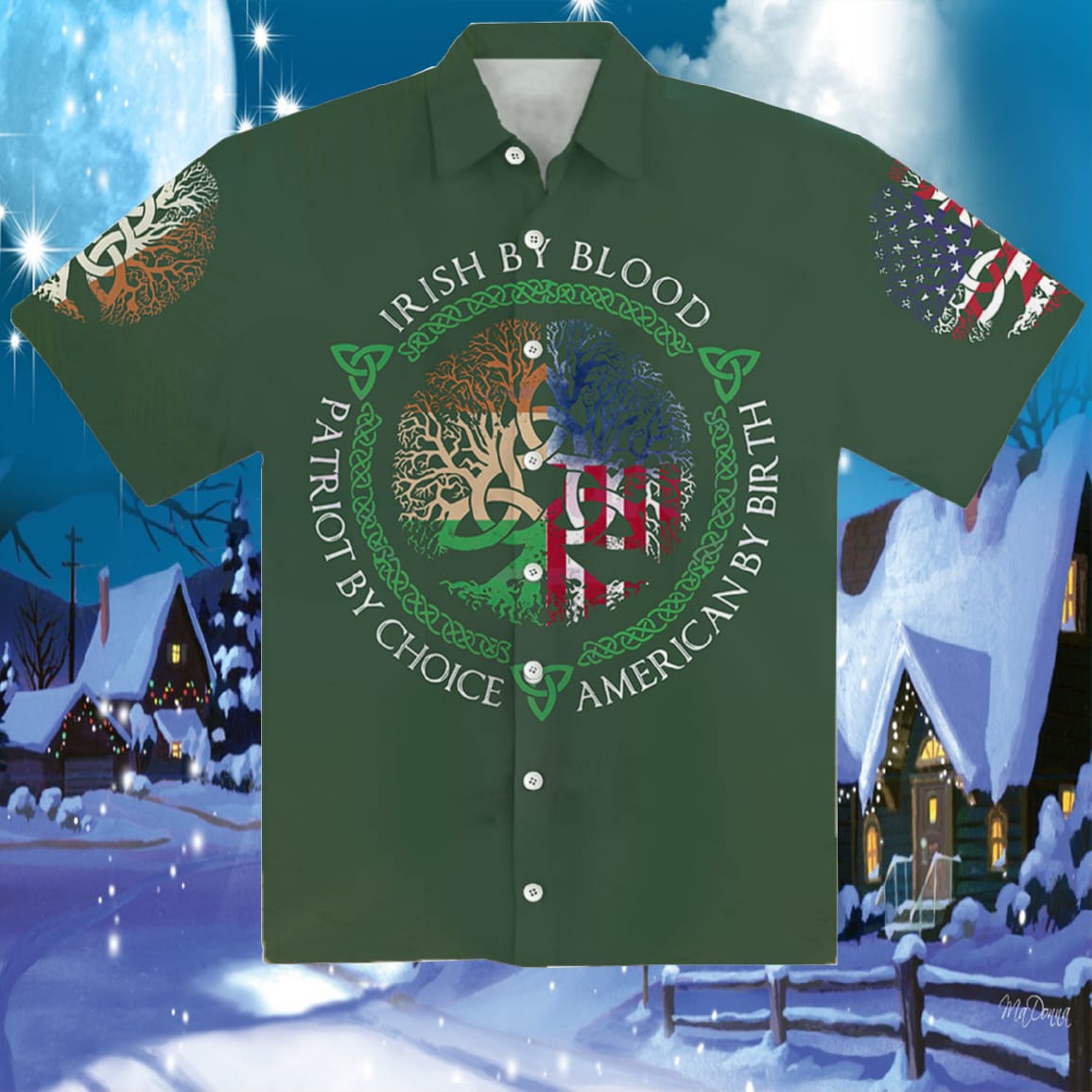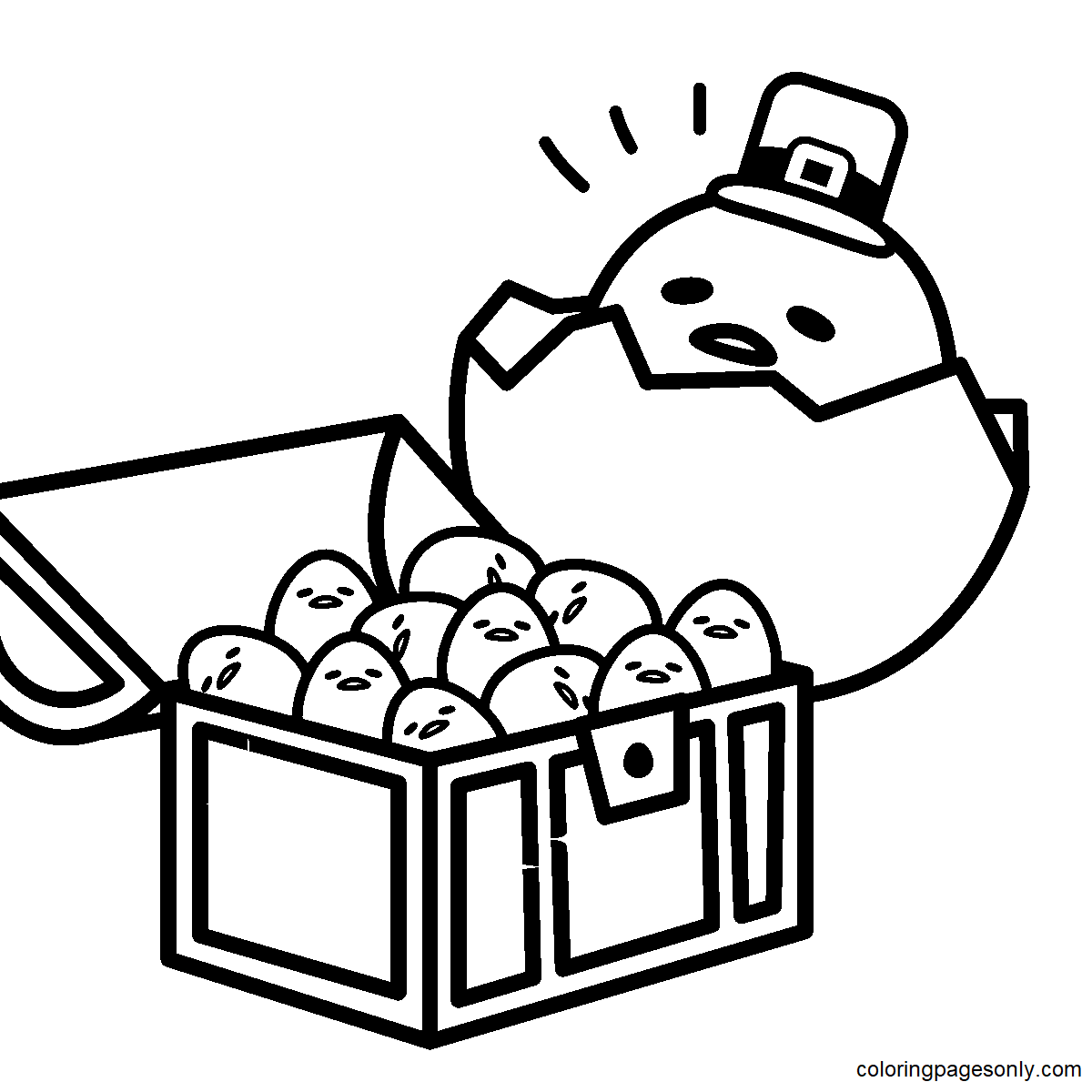Gallery
Photos from events, contest for the best costume, videos from master classes.
 |  |
 |  |
 |  |
 |  |
 |  |
 |  |
St Patrick’s day facts: It used to be a dry holiday! Yes, before millions of pints of Guinness were consumed, it was a non-drinking religious day. In Ireland, St. Patrick’s Day didn’t become an official Irish public holiday until 1903 with the introduction of the Bank Holiday (Ireland) Act 1903. St. Patrick’s journey reminds us of how people and cultures can shape a community in unexpected ways. 2. The First St. Patrick’s Day Parade Happened in the U.S. You may assume St. Patrick’s Day parades began in Ireland, but the first recorded parade actually took place in St. Augustine, Florida, in 1601! Fascinating St. Patrick’s Day Facts. St. Patrick’s original color was blue, not green. The color green became associated with him due to Ireland’s nickname, "The Emerald Isle." More than 13 million pints of Guinness are consumed worldwide on St. Patrick’s Day. The Irish name for St. Patrick’s Day is "Lá Fhéile Pádraig." The first St. Patrick’s Day parade was not in Ireland but in St. Augustine, Florida, in 1601. The modern large-scale St. Patrick’s Day parade tradition started in New York City in 1762. Chicago dyes its river green every St. Patrick’s Day, a tradition that started in 1962. At Springpoint, we’re all about celebrating life and learning something new every day, so we’ve gathered 10 fun and surprising facts about Saint Patrick’s Day to share with you. Grab a cup of tea (or a pint of Guinness!) and let’s dive in! 10 Fun Facts About Saint Patrick’s Day: 1. Saint Patrick Wasn’t Irish. From the truth about St. Patrick himself, to the history of St. Patrick's Day parades, to why people wear green on St. Patrick's Day, to how much money Americans will spend celebrating St. Patrick's Day, these 19 fun facts will test your knowledge and maybe even teach you something new about this festive day. Buenos Aires hosts one of the largest St. Patrick's Day parties in South America. Sydney Opera House is illuminated in green to honor the day. Fun and Quirky Facts. Beyond the well-known traditions, there are many fun and quirky facts about St. Patrick's Day that might surprise you. St. Patrick's Day was a dry holiday in Ireland until the 1970s. March 17 is primarily known worldwide as St. Patrick’s Day, the vibrant celebration that honors Ireland’s patron saint and cultural heritage. On March 17th annually, St. Patrick’s Day is celebrated globally with vibrant parades, lively festivals, and the widespread tradition of wearing green attire. The 200 th anniversary of St Patrick’s Day was marked in Sydney Opera House by making it green. 17. The first St Patrick’s Day celebration in the United States was held in Boston in 1737. Dyeing of the Chicago river on Saint Patrick’s day. Image credit – berni0004. 18. On this day, people usually eat corned beef and cabbage, and they St. Patrick is credited with bringing Christianity to Ireland. St. Patrick’s Day was officially recognized as a celebration of Irish culture in the 1970’s. Here are ten interesting facts that you probably didn’t know about this vividly green, Irish-themed holiday! Patrick’s birth name was Maewyn Succat. He was born in the late 4th Dive into the whimsy and wonder of St. Patrick's Day with enchanting tales of leprechauns, pots of gold, and why the world dresses in green. Embrace the festive spirit with fun facts that highlight the global celebration of Irish culture and the legacy of St. Patrick. 2. St. Patrick’s Day is not the Saint’s Birthday St. Patrick’s reported gravesite in County Down, Ireland. Source: Wikimedia Commons In reality, it is the opposite. St. Patrick’s Day celebrates the saint’s feast on the supposed day of his death in 462 CE. He was buried outside the cathedral in Downpatrick, County Down, Northern Ireland. This is one of the few St. Patrick’s Day facts that I did know..! The largest St. Patrick’s Day parade in the world takes place in New York City. The parade attracts a staggering two million+ people every year. 4. Ireland’s first parade. The very first St. Patrick’s Day in Ireland was held in County Waterford in 1903. 5. A national holiday Get lucky with these captivating facts about St. Patrick’s Day that reveal the holiday’s rich history and traditions St. Patrick’s Day is a celebration filled with rich history, vibrant These fun St. Patrick’s Day facts show that there’s more to the holiday than just wearing green and sipping Irish coffee. Whether you’re attending a parade, sharing stories with friends, or simply enjoying a good meal, take a moment to appreciate the traditions and history that make March 17th so special. Until the 1970s, Irish law required pubs to close on Saint Patrick’s Day, making it a more solemn occasion. Celebrating Saint Patrick’s Day Together. Saint Patrick’s Day is a joyous celebration that blends history, culture, and fun. Patrick's Day is a celebration of Irish culture and heritage, honoring the patron saint of Ireland, St. Patri 23 Facts About St. Patrick's Day - OhMyFacts Discover 23 fascinating facts about St. Patrick's Day, from its origins to modern celebrations, and uncover the rich history behind this festive day. Although St Patrick symbolises Ireland and St Patrick’s Day is celebrated by people with Irish heritage worldwide, he’s believed to have been born in either Wales or Scotland. At the age of 16, he was captured by British slave traders and brought to Ireland to work as a shepherd on Slemish Mountain, County Antrim. St. Patrick’s Day was recognized by the Vatican as an official feast day in 1631. [4] In the latter part of the 19th century, Irish high society celebrated St. Patrick's Day at a grand ball held at the castle in Dublin. [4] St. Patrick’s Day was declared a public, rather than religious, holiday in Ireland in 1904. [4] New York City and the First St. Patrick’s Day Parade One of the earliest St. Patrick’s Day celebrations in America took place in Boston in 1737, when a group of Irish Protestants gathered to
Articles and news, personal stories, interviews with experts.
Photos from events, contest for the best costume, videos from master classes.
 |  |
 |  |
 |  |
 |  |
 |  |
 |  |